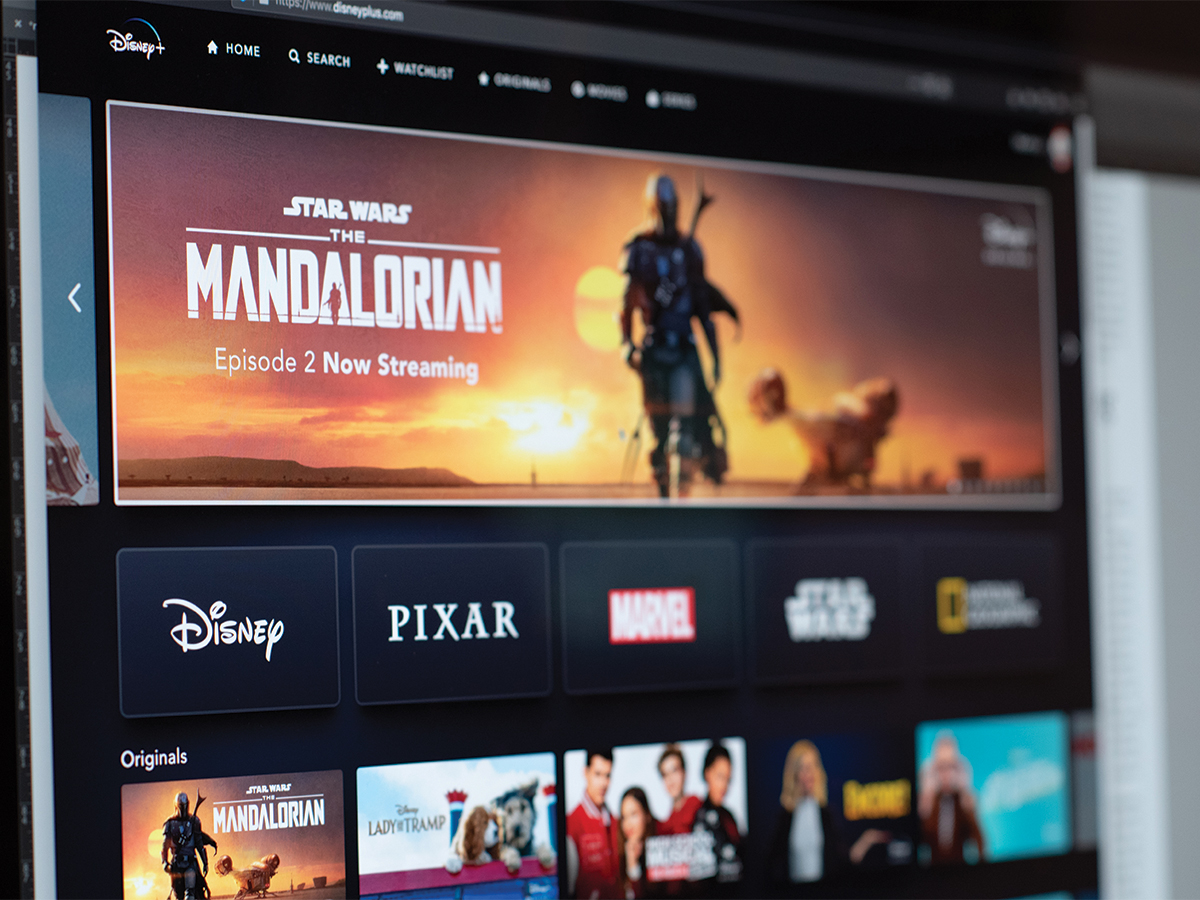Disney’s version of Netflix was recently released to the public in the form of Disney Plus. Disney Plus has nearly every Disney movie or television show ever put to screen all on one platform, though not all in their original forms. Movies like “Fantasia,” “Lady and the Tramp” and “Dumbo” will now contain edited versions of their racist scenes and “Song of the South” will not be available at all. Although this may seem like a progressive step toward change, it is not. By changing these scenes, Disney is essentially erasing their complicity in producing racist content.
Editing the scenes out or manipulating them in some way is a way of sweeping the problem of racism under the rug. Furthermore, it denies the pervasive racism that is very much alive within the U.S. today. These movies are time capsules of the periods they were made in. Some of the elements, like the black servant centaurs from Fantasia, depict the negative portrayal of black folks in cartoons at the time. The black servant centaurs have the stereotypical full lips and wild eyes that were common in children’s cartoons of the time, like “Looney Tunes” and “Tom and Jerry.” One can also find this racism in “Peter Pan,” in which Native Americans are reduced to stereotypes. The Native Americans have no difference in their facial appearance and their speech pattern is reduced to stereotypical choppy two word sentences. These portrayals were popular in other children’s cartoons and they reinforced how Americans would think about people of color for years to come. Editing these scenes out tells future generations that racism was never a problem, and it also denies the existence of racism to this day. Manipulating the racist parts out is a way that Disney absolves themselves of their racist actions while still making money because of it.
On the other hand, these scenes are very painful and uncomfortable for many to watch. These racist stereotypes aren’t as far removed as people would like to think. Many people of color are still trying to combat racism that has been magnified because of movies and television. Having unedited versions on a family friendly site may cause uncomfortable feelings to surface.
To compromise, instead of getting rid of the scenes or sweeping them under the rug, Disney should keep them but include a warning of racial prejudice beforehand. Amazon Prime Instant video has included a warning to audiences before “Tom and Jerry” episodes to explain that there are parts throughout that are racially insensitive. Although Disney has a disclaimer in the description, people who have already seen it or small children will surely skip over the description. A video beforehand would help open discussion about the outdated ideas. It does not erase the history of racism that the cartoons hold, but it also allows people to choose if they want to continue watching.
Although they may be uncomfortable to watch, it is important that these unedited scenes stay in the movies. It helps parents and guardians have the difficult conversations about race with their children. By understanding the past it changes the course of future. Disney has a responsibility to make sure that they learn from their past and not just sweep it under the rug.








